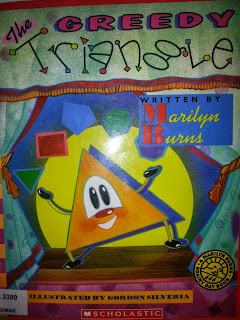There are numerous ways of documenting students' thinking:
Inside the classroom –
a.
Posting
student questions: if a student is asking questions, they are definitely
thinking! In a stimulating environment, students must be allowed to ask as many
questions as they can. They should also be trained to ask open-ended and
conceptual questions. These questions should be pasted in the classroom which
can be called an inquiry wall.
b.
Posting
student discoveries: Asking good questions is not the end of thinking, in
fact it is just the beginning! Students must find answers to the questions they
have asked and these ‘discoveries’ should be pasted in the classroom. This
shows that the students keep thinking about what they want to learn.
c.
Using
graphic organisers: There are tonnes of graphic organisers pre-designed for
different purposes. Students should be taught to choose the right organiser for
a given purpose. Overtime, students will be able to design their own graphic
organisers based on their need.
d.
Display of
work: Any piece of work that showcases thinking done by the students must
be displayed in the classroom. This includes graphic organisers, brainstorm
activities, research work, open-ended work, assessments, etc.
e.
Post-its:
Students should be given access to a variety of post-its which can be used to
record their thoughts in a random, yet organised way. A classroom full of
post-its is a classroom full of dynamic thoughts!
Outside the classroom –
a.
Use of
student blogs: training the students to maintain some online space where
they can record their reflections gives an opportunity for them to think. The
teachers can easily read through these blogs and also give immediate feedback,
if required.
b.
Allowing
students to comment on the class blog: If the teacher has a blog for the
class where the learning engagements are reflected upon, the students must be
allowed to read through these posts and comment effectively.
c.
Reflection
journal/Diary: it is highly recommended for students to maintain a journal
or a diary where they can take notes about what they think. At times, they can
be allowed to write out of free will and other times this can be guided.

























































